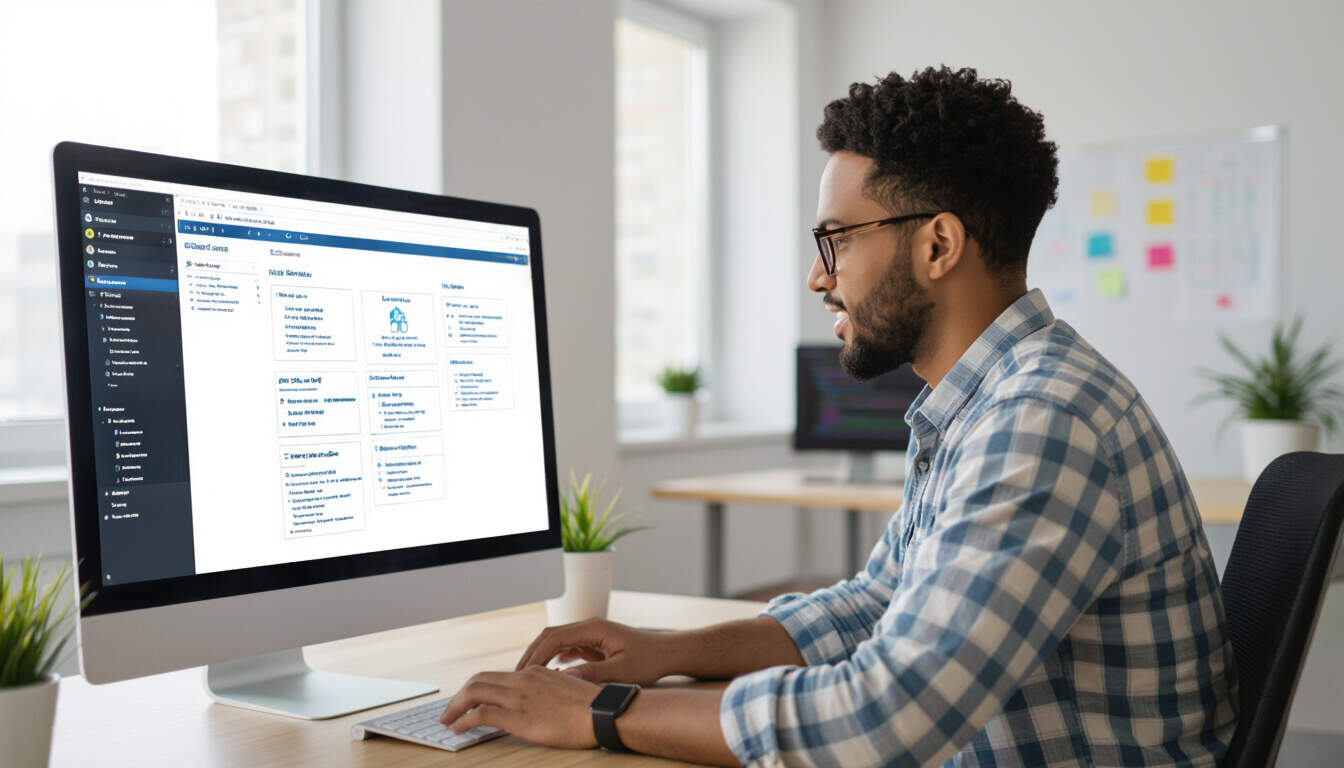Feature Prioritization Strategies for Solo SaaS Developers
 by Thaddeus Blanda
by Thaddeus Blanda
Prioritizing features is essential for solo SaaS developers to build successful products efficiently. This article explores practical methods, real-world examples, and step-by-step guides to help focus on what matters most for your SaaS project.

Feature prioritization is a key part of building a SaaS product, especially for solo developers working alone. It helps decide which features to develop first, ensuring resources go where they will have the most impact. For instance, a solo developer might face choices between adding basic functionality or advanced options, and feature prioritization can guide these decisions.
In SaaS development, every feature added affects the overall product. Solo entrepreneurs often deal with limited time and budgets, making it crucial to focus efforts wisely. One effective approach is the MoSCoW method, which categorizes features into must-haves, should-haves, could-haves, and won't-haves. This method allows developers to align their work with user needs and business goals.
To start with MoSCoW, begin by listing all potential features for your SaaS application. For example, if you're building a project management tool, features might include task assignment, deadline tracking, and reporting tools. Categorize them: a must-have could be task assignment, as it's core to the app's purpose, while reporting tools might be a could-have if time is short.
Another technique is the RICE scoring system, which evaluates features based on reach, impact, confidence, and effort. Reach measures how many users will be affected, impact looks at the potential benefit, confidence assesses how sure you are about those benefits, and effort estimates the work involved. For a solo SaaS developer, this system provides a quantitative way to compare options.
Consider a real-world example from a developer creating a simple invoicing app. They used RICE to prioritize: adding payment integration scored high due to its reach among users and high impact on revenue, whereas customizable themes scored lower because of the effort required. By focusing on high-score features first, the developer launched a viable product quickly.
Step-by-step guides can make prioritization easier. First, gather input from potential users through surveys or interviews to understand their pain points. Second, create a prioritized list using one of the methods above. Third, validate your choices with prototypes or minimum viable products (MVPs). For instance, in a solo SaaS setup, you might build an MVP with only must-have features and test it with a small group.
Tools like Trello or Asana can assist in this process by organizing features into boards and lists. In one case, a developer used Trello to track features, assigning cards to categories based on MoSCoW. This visual approach helped maintain focus and adjust plans as feedback came in.
Beyond methods, consider the product lifecycle. Early stages might prioritize core functionality, while later ones allow for enhancements. For example, in a SaaS email marketing tool, initial development focused on sending emails, with later additions like analytics.
Real-world examples show the benefits. Take a solo developer who built a budgeting app: by prioritizing user authentication and basic transaction tracking first, they achieved a functional beta version in weeks. This allowed for early user feedback, which then informed further development.
Prioritization isn't a one-time task; it requires ongoing review. As your SaaS product evolves, revisit your list regularly. If user data shows certain features are underused, deprioritize them in favor of more valuable ones.
In summary, effective prioritization leads to better outcomes for solo SaaS projects. By using structured approaches and learning from examples, developers can create products that meet user needs efficiently. Remember to balance innovation with practicality to keep your project on track.
Common Pitfalls to Avoid
When prioritizing, watch for overcomplicating things. Some developers add too many features early, leading to delays. Instead, stick to essentials and build iteratively.
- Overlooking user feedback can derail priorities.
- Ignoring technical debt might make future updates harder.
- Failing to estimate effort accurately can lead to burnout.
Integrating Prioritization into Your Workflow
Make prioritization a regular part of your routine. For example, dedicate time each week to review and adjust your feature list based on progress and new insights. This habit ensures your SaaS development stays aligned with goals.
Ultimately, through careful selection and implementation of prioritization strategies, solo developers can achieve success in their SaaS endeavors.
